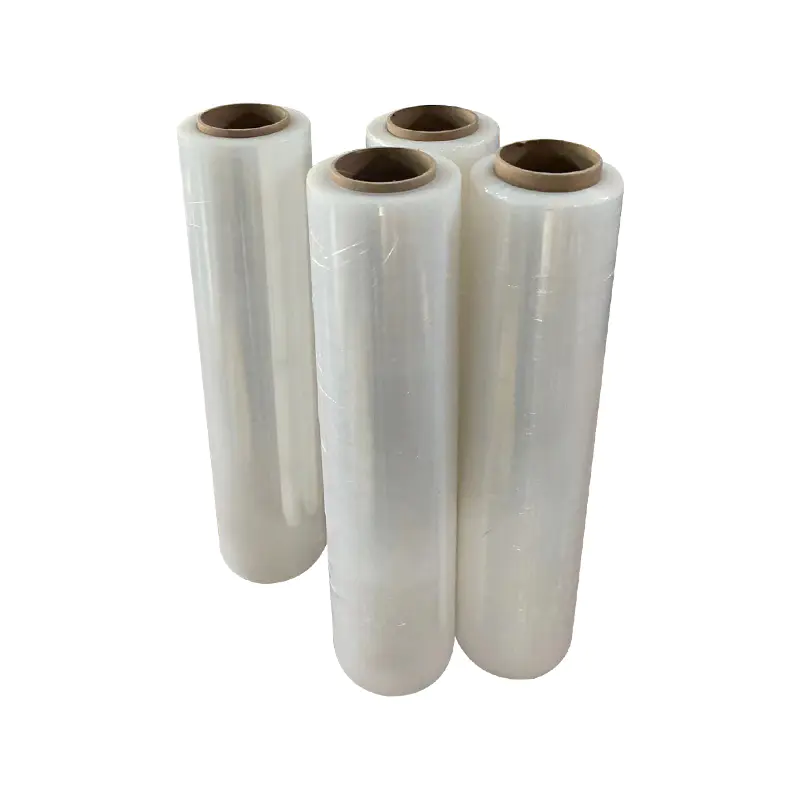Controlling the extrusion temperature in co-extrusion is crucial to ensure optimal adhesion between PE and PP layers in
PE/PP co-extruded film. Here are the steps to follow:
Determine the melting points of PE and PP: PE typically has a melting point between 120-130°C, while PP has a melting point range of 160-175°C. This information will serve as a starting point for setting the extrusion temperature.
Understand the blending ratio: In co-extrusion, the blending ratio of PE and PP layers needs to be determined. This ratio will affect the overall extrusion temperature control.
Pre-heat the extruder: Before starting the co-extrusion process, pre-heat the extruder to reach the extrusion temperatures required for both PE and PP layers. This could involve temperature zones along the extruder barrel.
Optimize the extrusion temperature profile: As the material moves through the extruder, different zones with different temperatures are set to ensure proper melting and flow of both PE and PP layers. Generally, the melting temperatures of PP are set higher than PE to maintain its flowability and adhesion with PE.
Use thermal control systems: Incorporate thermal control systems such as heating/cooling elements, thermocouples, and infrared sensors to monitor and regulate the temperature along the extrusion process. This helps maintain stable extrusion conditions.
Adjust the temperature if needed: Based on trial runs, if adhesion between PE and PP layers is not optimal, minor adjustments to the extrusion temperature can be made. This can involve increasing or decreasing temperatures in specific zones to fine-tune the process.
Regular testing and quality control: In order to ensure consistent adhesion, perform regular testing on the co-extruded film to evaluate its properties. This can include peel strength tests, burst strength tests, and bond strength tests. By analyzing the results, any necessary temperature adjustments can be made to optimize the adhesion between PE and PP layers.
It is important to note that the extrusion temperature control can also be influenced by other factors such as screw design, melt flow rate, residence time, and cooling conditions. Therefore, it is recommended to consult with an experienced extrusion engineer or technician to tailor the process parameters and optimize the co-extrusion temperature for your specific PE/PP co-extruded film.
